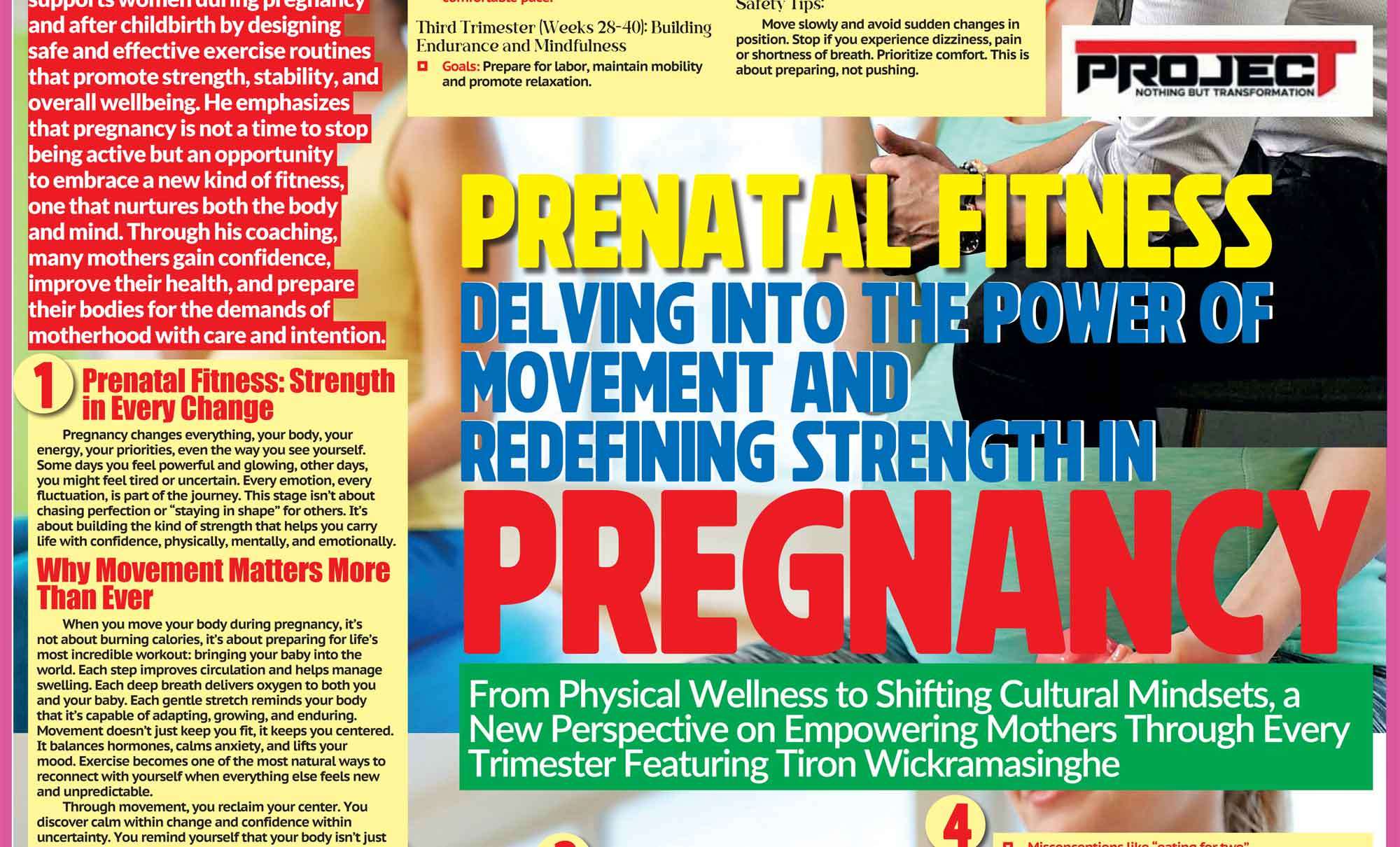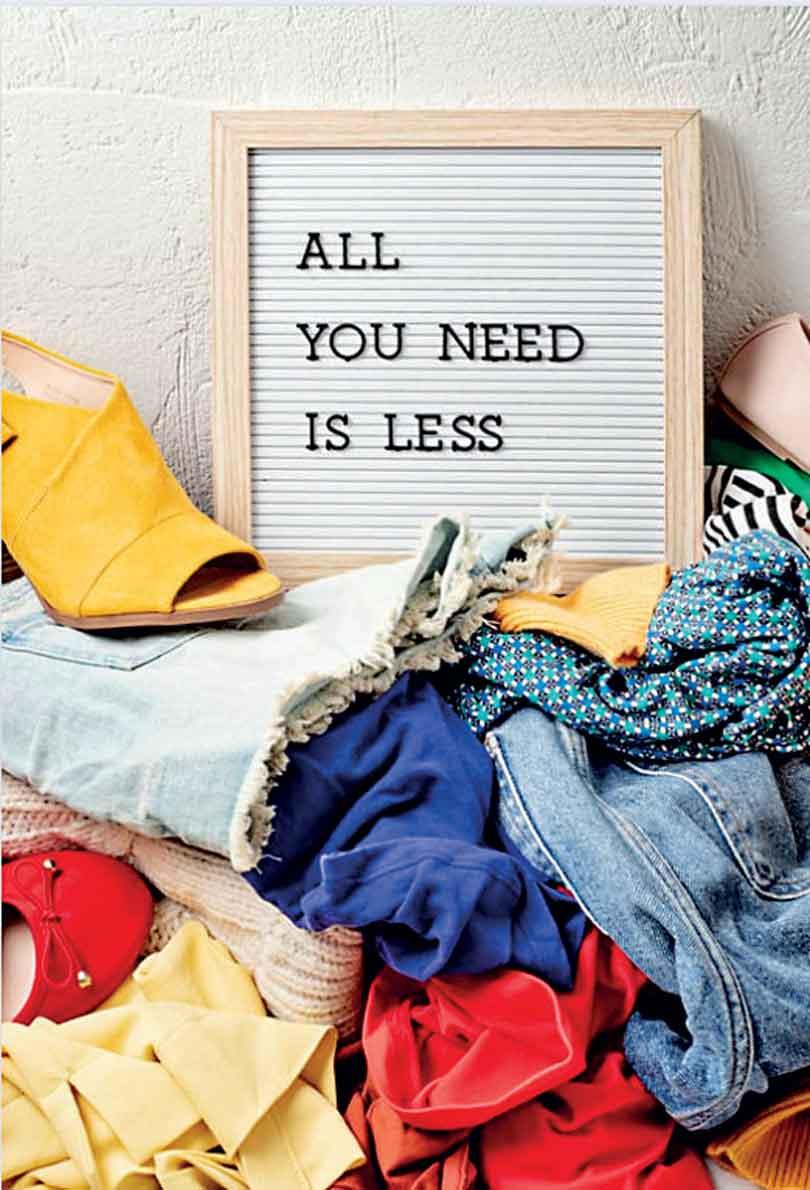
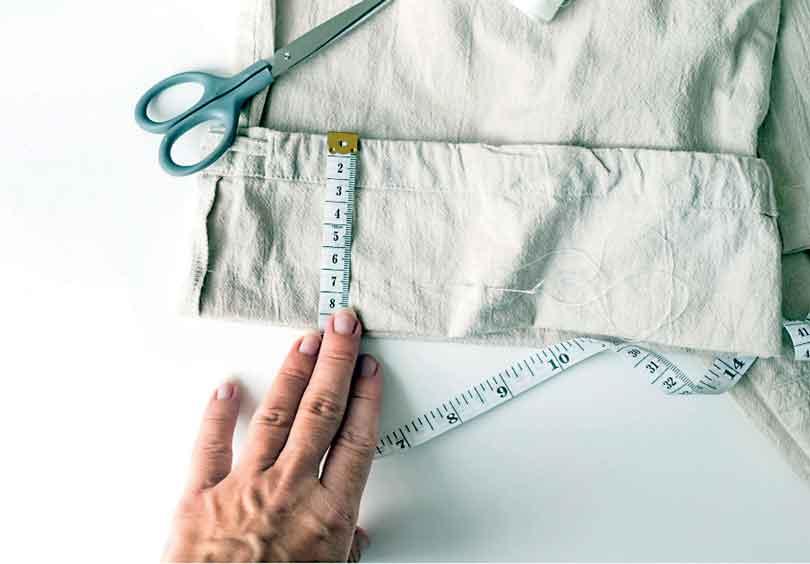

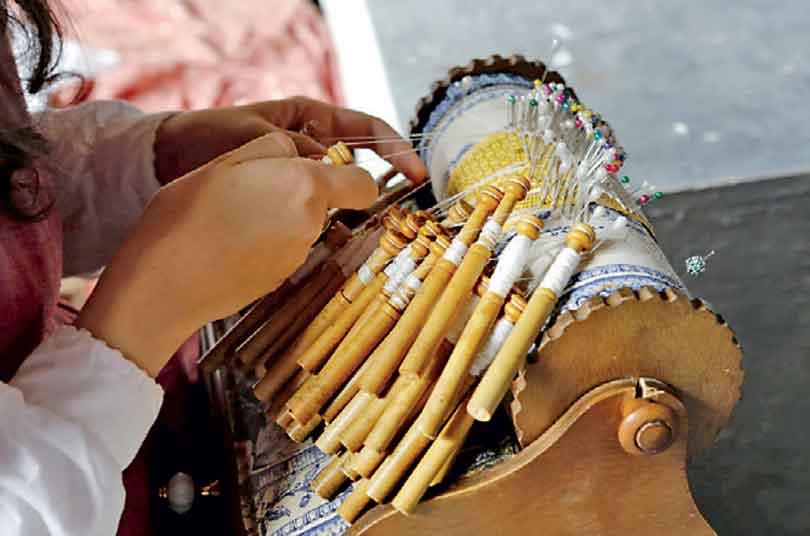
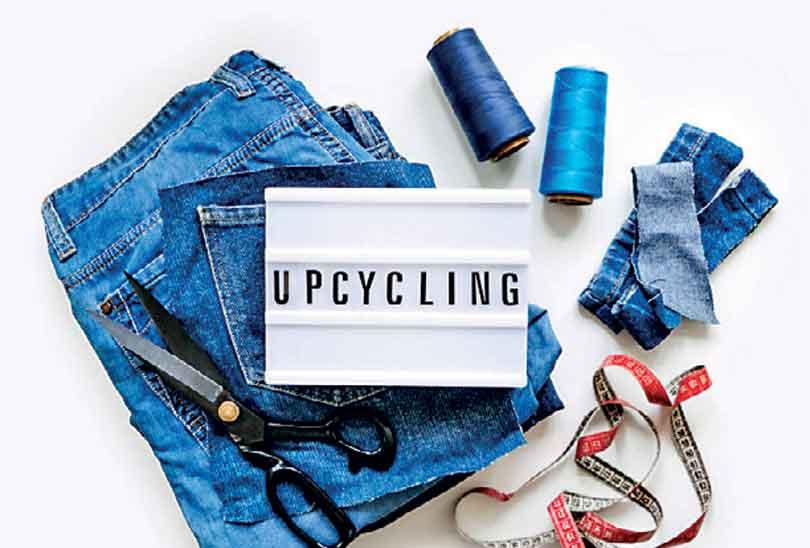

 What if your wardrobe could tell a story, not just of style, but of purpose, values, and care?
What if your wardrobe could tell a story, not just of style, but of purpose, values, and care?
In a world where trends change faster than the weather and clothes are cheaper than ever, building a sustainable wardrobe might feel overwhelming or even impossible. But here’s the good news: you don’t need to be perfect, rich, or radically minimalist to make a difference. Sustainability isn’t a final destination. It’s a journey, one thoughtful step at a time. Whether you’re a fashion enthusiast, a busy student, or someone simply trying to live with more intention, this guide will help you create a wardrobe that reflects your values without sacrificing your personal style.
Step 1: Start With What You Have
The most sustainable clothes are already in your closet. Before you buy anything new, take time to explore what you own.
- Do a wardrobe audit: Try on everything. Make three piles - Love It, Needs Repair, and Not Sure.
- Notice your favorite pieces. What colours, fabrics, and fits do you return to again and again?
- Take note of neglected items. Why don’t you wear them? Could they be styled differently, repaired, or donated?
Often, we’re tempted to shop not because we need more, but because we’ve forgotten how to creatively engage with what we already own.
Style Tip: Take one “forgotten” item and try to wear it three different ways this week. Sometimes a scarf, a belt, or a bit of confidence is all it takes.
Step 2: Buy Less, But Better
- Quality over quantity and trends: Look for pieces that are well-constructed, timeless, and versatile.
- Natural or recycled fabrics: Choose cotton, linen, silk, wool, or upcycled synthetics over petroleum-based fibers like polyester or acrylic.
- Ethical production: Support brands that are transparent about their labour practices and sourcing.
- Designs using deadstock fabric: Many conscious brands are now creating collections from deadstock (deadstock is leftover fabrics from larger manufacturers that would otherwise go to waste) These pieces are often limited edition, unique, and carry a smaller environmental footprint.
Step 3: Repair, Redesign, Rewear
In Sri Lanka, many of us grew up with mothers or aunties who could stitch a button, patch a tear, or turn an old shirt into a pillowcase. That culture of repair and reuse is part of our heritage, and one of the most powerful sustainability tools we already have.
- Learn basic mending skills: Fix a hem, patch a hole, sew a button.
- Redesign old clothes: Turn a sari into a dress, crop an oversized shirt, dye a stained top with tea.
- Rewear with pride: Outfit repeating is not a crime; it’s an act of rebellion against waste.
Step 4: Rent, Swap, or Thrift
Step 5: Choose Local, Celebrate Craft
One of the most powerful steps you can take is to support local artisans and ethical Sri Lankan brands. From the vibrant handlooms of Dumbara to the intricate beeralu lace of Galle, our island is home to textile traditions that are beautiful, eco-friendly, and culturally rich.
By choosing locally made, you:
- Reduce the carbon footprint of global shipping
- Invest in rural livelihoods and women-led businesses
- Help keep traditional crafts alive in a modern world
Step 6: Wash With Care
- Wash less frequently (especially jeans, jackets, and wool).
- Use cold water and natural detergents to save energy and avoid microplastic shedding.
- Line dry instead of tumble drying - we have plenty of sunshine in Sri Lanka - use it! It’s gentler on clothes and the planet.
Step 7: Let Go Responsibly
Eventually, some clothes just won’t serve you anymore - and that’s okay. The key is to dispose mindfully.
- Donate wisely: Ensure clothes are clean, wearable, and seasonally appropriate. Don’t dump your waste onto someone else.
- Upcycle: Cut into rags, sew into cushion covers, make gift wrapping clothes.
- Sell online: Use local second-hand platforms or Instagram to find your clothes a new home.
- Avoid landfills: Sending clothes to dumpsites should be the last resort, not the default.
- Why This Matters: Fashion is fun. It’s identity. It’s art. But it’s also a huge driver of climate change, water pollution, and inequality.
Every second, the equivalent of one garbage truck of textiles is dumped or burned. Garment workers, mostly women, earn poverty wages in unsafe conditions. Rivers run blue and red from toxic dyes. And synthetic clothes made from plastic will outlive us by centuries. But the solution isn’t guilt. It’s consciousness. It’s choosing quality over quantity, care over convenience, and integrity over impulse. A sustainable wardrobe isn’t about deprivation. It’s about clarity - knowing what you need, loving what you wear, and aligning your outside with your inside.
Final Thread
- Do I need this?
- Will I wear this with joy?
- Does this reflect the world I want to be part of?










